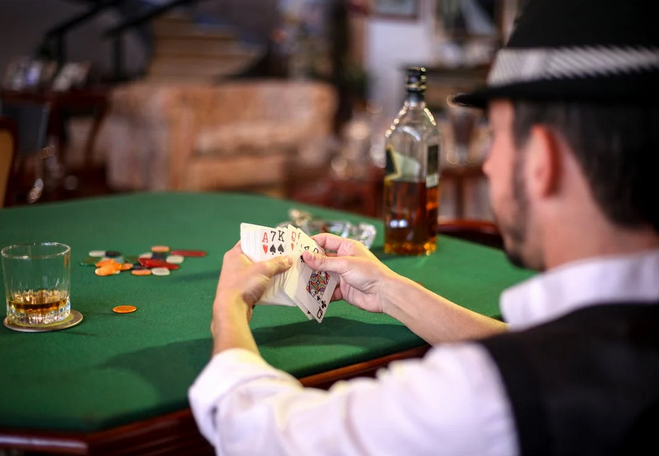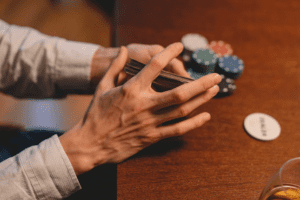The intriguing world of card games is where skill and strategy meet with chance and excitement. Whether you’re an avid poker player or a casual game night enthusiast, ensuring that the deck is not stacked against you is important. Marked cards can give certain players an unfair advantage, compromising the integrity of the game. Many gamblers are purchasing it so they can use it when they gamble. Here, we will explore several techniques that can help you identify these deceptive devices and level the playing field for everyone involved.
Visual Inspection

The first and simplest technique to detect marked cards is through visual inspection. Take a few moments to examine the deck before the game begins carefully. Look for any irregularities in the design, such as variations in color or pattern on the back of the cards. Pay close attention to subtle markings or scratches that might indicate tampering. During gameplay, observe how your opponents handle their cards. Keep an eye out for any suspicious behavior, like excessive shuffling or unusual card placements. Trust your instincts if something feels off – intuition can be a valuable tool in detecting foul play.
Card Shining
Card shining is a technique used to detect marked cards in a game. It involves using light and reflection to reveal any hidden markings on the surface of the playing cards. This method is particularly effective for detecting invisible ink marks or subtle alterations that may be present. You will need a strong light source, such as a flashlight or lamp to perform Card Shining. Hold the card at an angle and shine the light across its surface. By doing so, any irregularities or discrepancies in the design should become apparent. The key to successful Card Shining lies in observing how the light interacts with different areas of the card.
Water Drop Test
 A technique that can be used to detect marked cards in a game is the water drop test. This method involves placing a small droplet of water on the surface of each card and observing how it behaves. When a deck of playing cards is manufactured, the paper stock is typically treated with a special coating that makes it resistant to liquid absorption. Suppose a card has been marked, either by someone applying substances or using invisible ink. In that case, the water droplet will behave differently on that particular card than others in the deck. If a card has been marked, the water droplet may spread out quickly or bead up instead of being absorbed into the paper. This abnormal behavior can indicate that there are markings present on the surface of the card.
A technique that can be used to detect marked cards in a game is the water drop test. This method involves placing a small droplet of water on the surface of each card and observing how it behaves. When a deck of playing cards is manufactured, the paper stock is typically treated with a special coating that makes it resistant to liquid absorption. Suppose a card has been marked, either by someone applying substances or using invisible ink. In that case, the water droplet will behave differently on that particular card than others in the deck. If a card has been marked, the water droplet may spread out quickly or bead up instead of being absorbed into the paper. This abnormal behavior can indicate that there are markings present on the surface of the card.
UV Light Test
The most reliable technique to detect marked cards in a game is through the use of UV light. This method involves examining the playing cards under ultraviolet light to reveal any invisible marks or symbols that may have been added. UV light test works by illuminating any hidden markings on the card’s surface, often made using special ink or substances that reflect UV light. By shining a UV flashlight or lamp onto the cards, players can easily identify if there are any alterations or additions to them. The advantage of this method is that it can quickly and discreetly detect any marked cards without arousing suspicion. It allows players to maintain fairness and ensure an enjoyable gaming experience.
While these techniques can help detect marked cards, it’s important to note that experienced cheaters may employ sophisticated methods that are harder to detect. Therefore, vigilance and regular checks during gameplay remain essential in preventing cheating incidents. By incorporating these detection techniques into your gameplay routine, you can minimize the risk of falling victim to unfair practices. Remember, fair play ensures an enjoyable experience for all players involved and helps maintain integrity within the gaming community. So next time you sit down for a game night with friends or participate in professional tournaments, remember these methods and stay alert.
